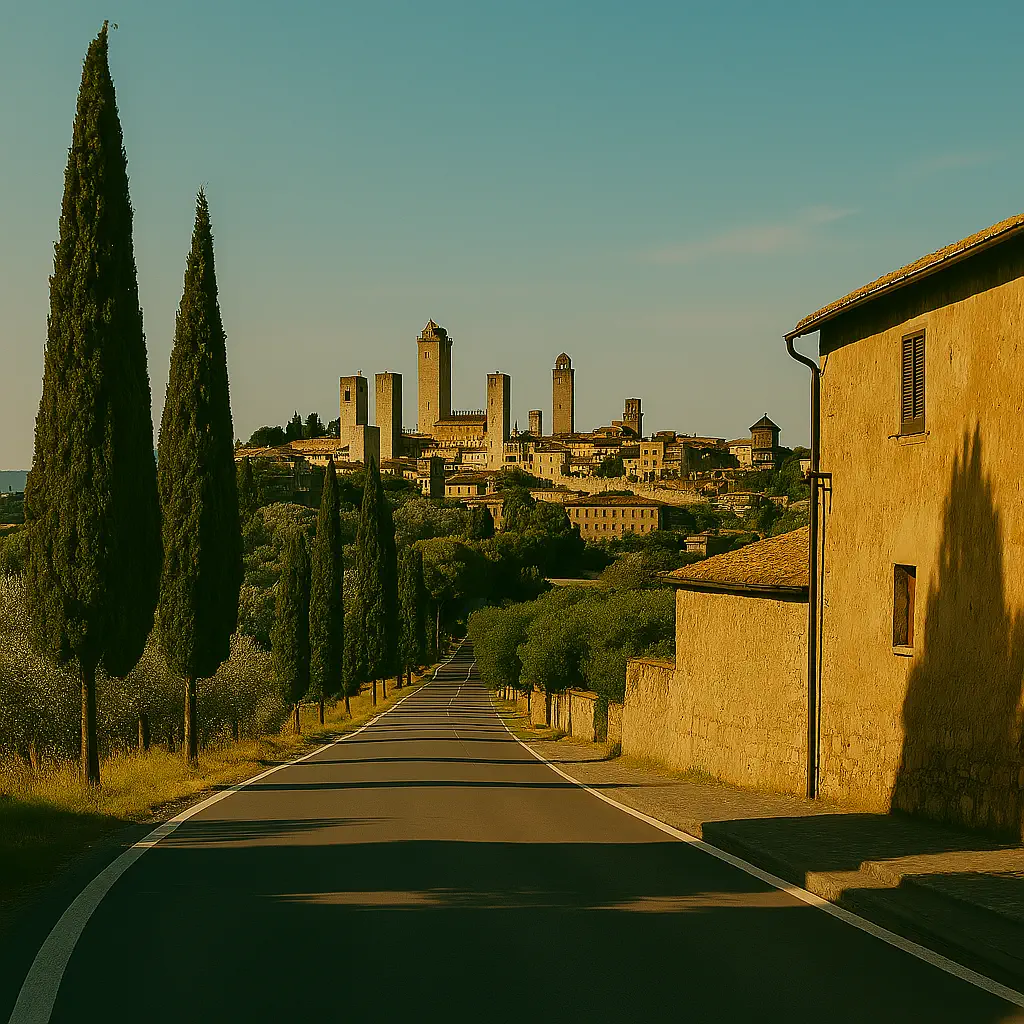Don’t Go to Italy in Summer (Unless You Love Heat & Crowds)
Italy in July and August? Think 100°F heat (35C), no reliable AC, up to €100 beach chairs, and crowds thicker than airport security. Come in spring or fall instead, your body, wallet, and sanity will thank you.
If you’ve ever dreamed of sweating through a linen shirt while waiting 45 minutes for a €7 gelato (they normally cost half), July and August in Italy might be your season. But for everyone else, especially those seeking authentic, less crowded memorable travel, it’s time to rethink the classic “summer in Italy” vacation.
Yes, the attraction is understandable: long days, Mediterranean sunsets, and the traditional family vacation. But here’s the truth, Italy in July and August has changed. What used to be “sun-kissed” is now scorched, overcrowded, and, at times, unsafe.
The New Italian Summer: Unlivable Heat
Forget the postcard scenes of lazy beach afternoons. Italy’s summer climate is now almost a public health risk.
Take June and July of 2025. At one point, over 20 Italian cities were under Bollino Rosso (Red Alert) heat advisories, the highest level of warning, indicating a severe health risk for the entire population. Temperatures in Rome, Florence, and Bologna consistently reached 38–40°C (100–104°F). In parts of Puglia, the temperature reached 48°C (118°F).
That’s not a fun summer day, that’s medical emergency territory.
Now imagine sightseeing in those conditions: the Colosseum radiating heat like a brick oven, or squeezing into the Uffizi Gallery in Florence shoulder-to-shoulder with tourists, all sweating under outdated air conditioning units.
Even Jeff Bezos’s 2025 wedding in Venice at the end of June, reportedly a 30 million-dollar affair couldn’t avoid the heat. Guests were visibly uncomfortable as Italy issued nationwide heat warnings during the very weekend of his celebration.
The AC Illusion
Here’s what many visitors don’t realize: Italy doesn’t do air conditioning the way Americans or Northern Europeans might expect. Even in major cities, many family-run hotels, bars and trattoria still lack full AC systems, or rely on older systems not built for today’s climate extremes.
In 2025, several regions reported rolling blackouts and AC system failures, leaving travelers sweating through nights in premium-priced hotel rooms or struggling to enjoy meals in overheated dining rooms.
If you’re expecting cool indoor AC at every turn, you’re likely to be disappointed. Italy’s infrastructure is outdated, and simply hasn’t caught up with the pace of a changing climate.
Beach Chaos: Crowds, Costs, and Cacophony
Still thinking about the coast? That Amalfi, Porto Cervo, or Capri dream in July?
Be prepared to pay dearly for it. In popular destinations like Forte dei Marmi and Capri, a single lounge chair on the beach can cost over €100 per day. And that’s assuming you’ve booked in advance, many beach clubs are full weeks ahead, parking is impossible, and basic logistics like dining or transportation become marathons of waiting and sweating.
This isn’t an exaggeration, it’s the annual summer reality. Roads to the coast clog with traffic, restaurants are overwhelmed, and beach access often requires apps, reservations, or luck. Increasingly, Italians are opting out. More and more are heading north to the Dolomites, where mountain air, alpine lakes, biking outings, and world-class food offer a far more sustainable summer escape.
When You Should Go Instead
If you want to experience the Italy you’ve always imagined, the one of long lunches, relaxed piazzas, and natural beauty you can actually enjoy, skip summer altogether and book your trip in April, May, September, or October.
- The weather is warm but not oppressive.
- Accommodations and flights are more affordable.
- You’ll encounter fewer tourists and more relaxed locals.
- The overall pace allows for real connection, relaxation, and joy.
You can wander the backstreets of Venice without the crowd crush. You can visit Florence’s museums and actually breathe. You can linger over aperitivo and linger with Italians.
Final Thought
If July is your only window, because of weddings, school schedules, or family obligations, go in with realistic expectations. Choose cooler regions, smaller cities, book early, and build in time to rest. Aim for early June if possible as kids are still in schools, and you are still in relative “bassa stagione” (low season).
But if you have any flexibility at all, avoid the trap of the “summer in Italy” cliché. Travel in spring or fall, and you’ll find something better: an Italy that’s more generous, more alive, and far more enjoyable.

